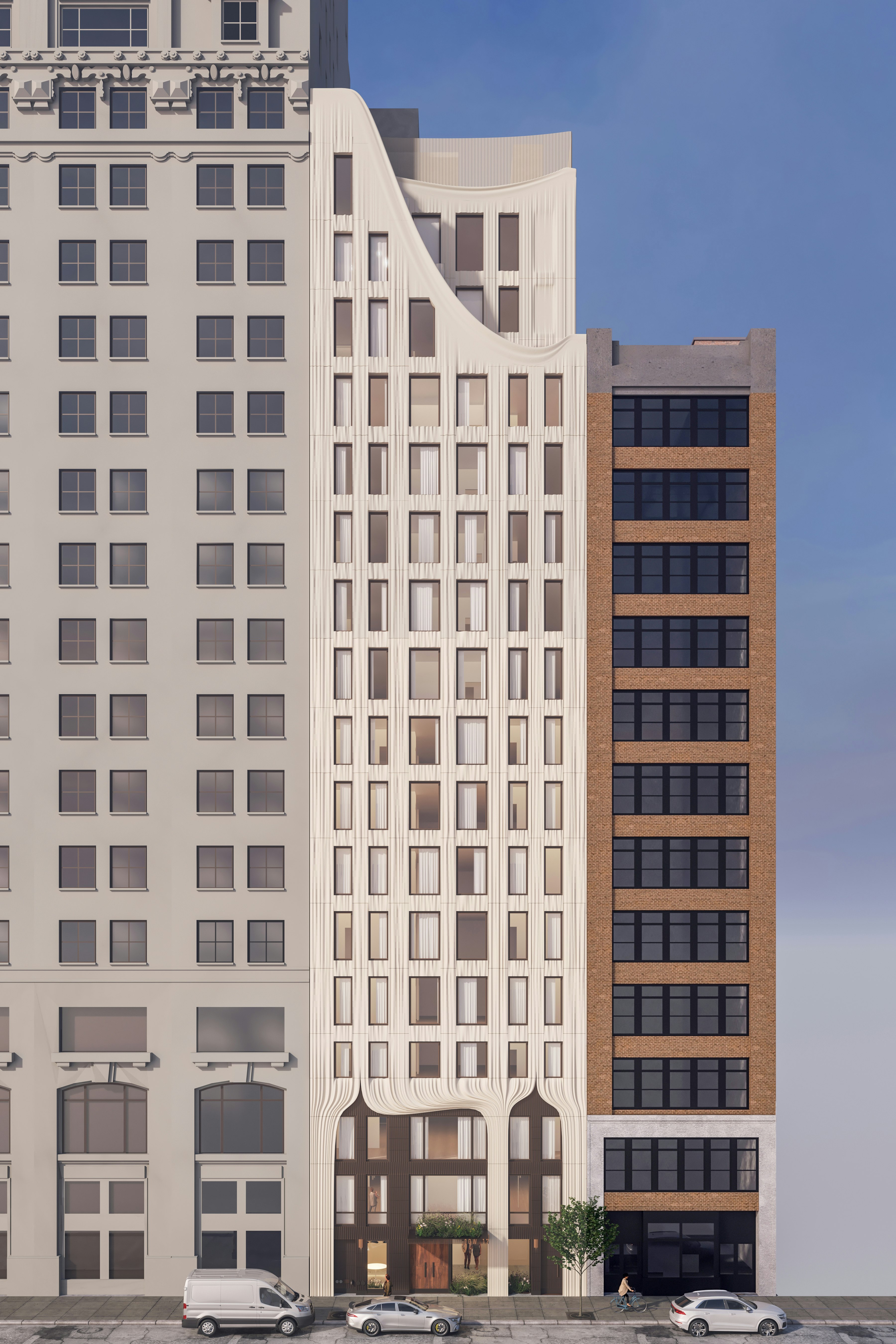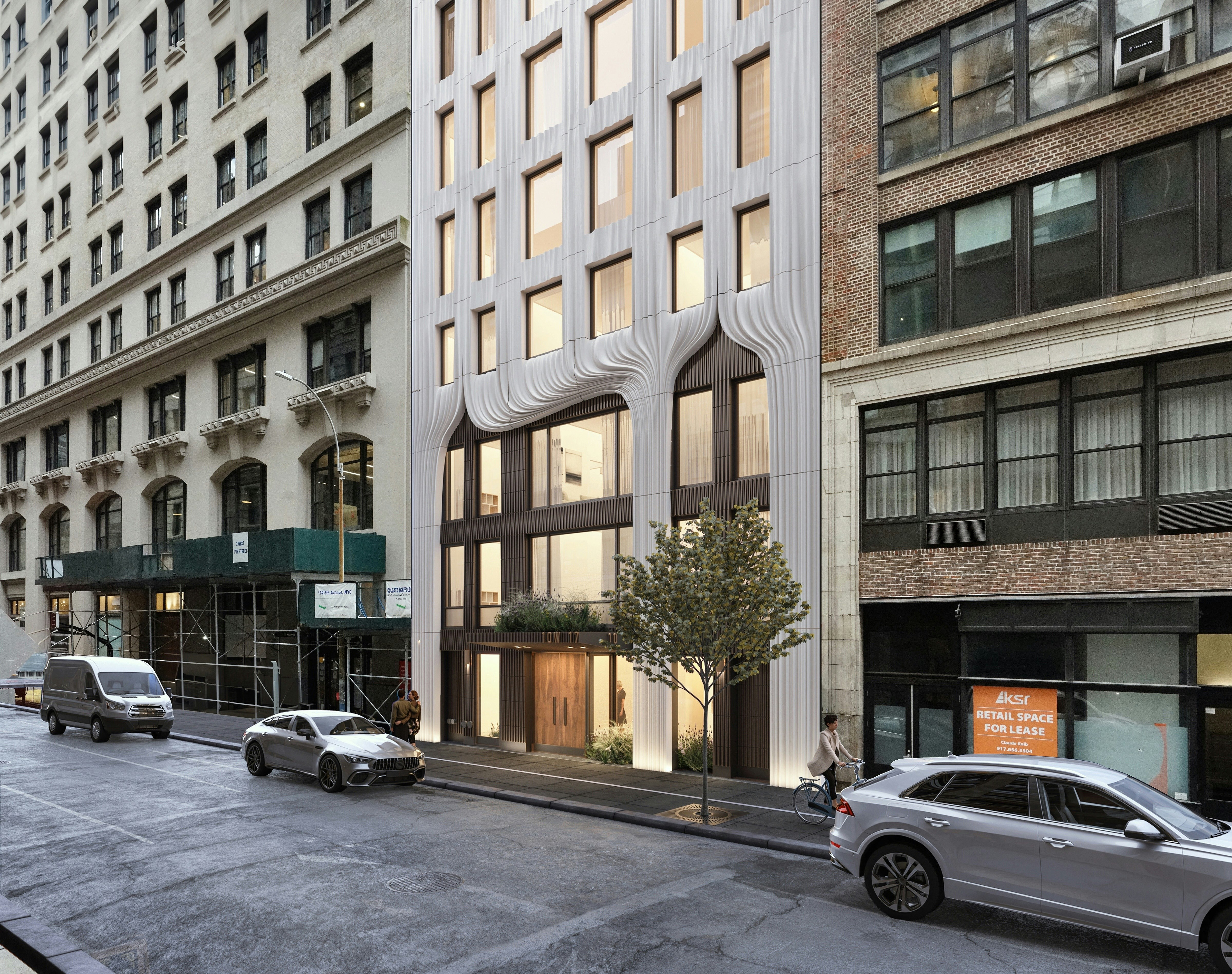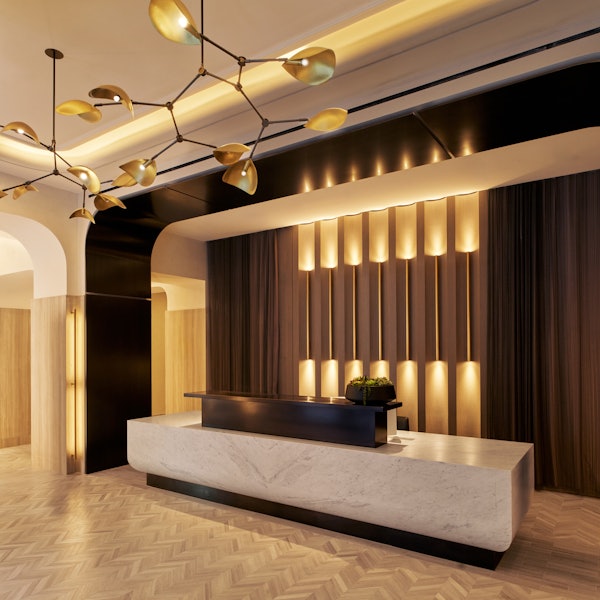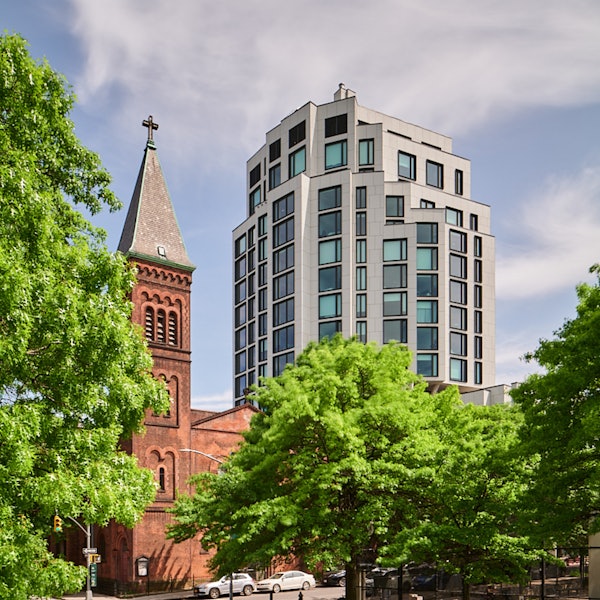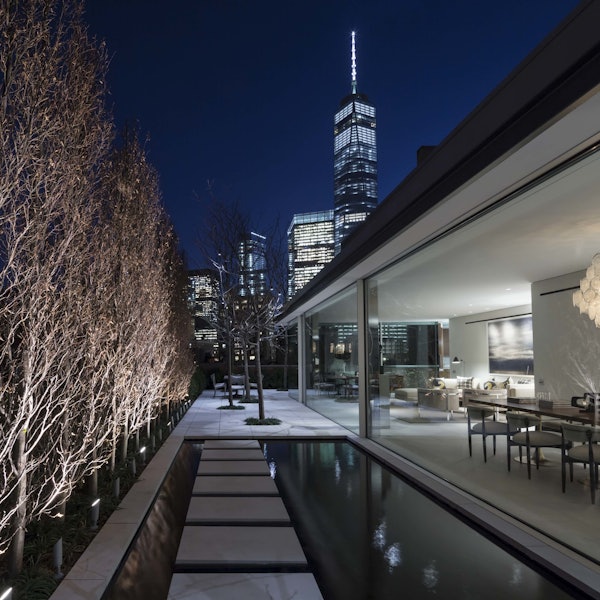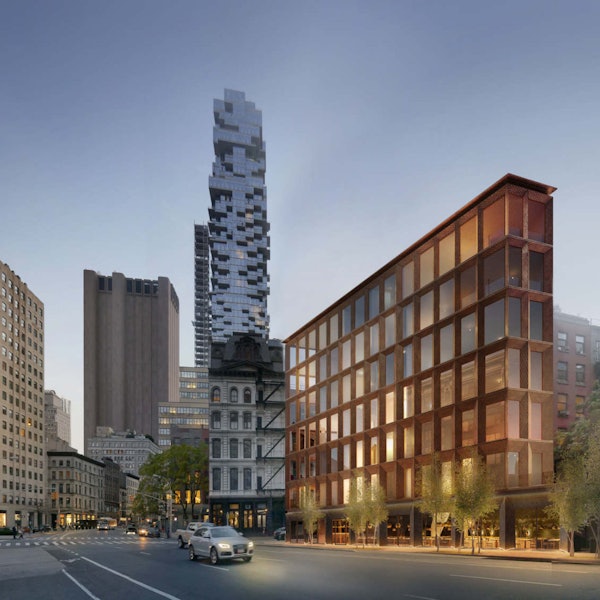Located in the Ladies Mile Historic District in Manhattan – on 17th Street between 5th and 6th Avenues – 10W17 is a new condominium building that celebrates the incredible history of the district, and New York City’s enduring history of ingenuity and invention. At 185 feet and 17 stories tall, 10W17 will contain 23 condo units in more than 50,000 gross square feet. The apartments will be a range of two, three and four-bedroom units; two of the units will be duplexes. There will be more than 2,000 square feet of amenity spaces.
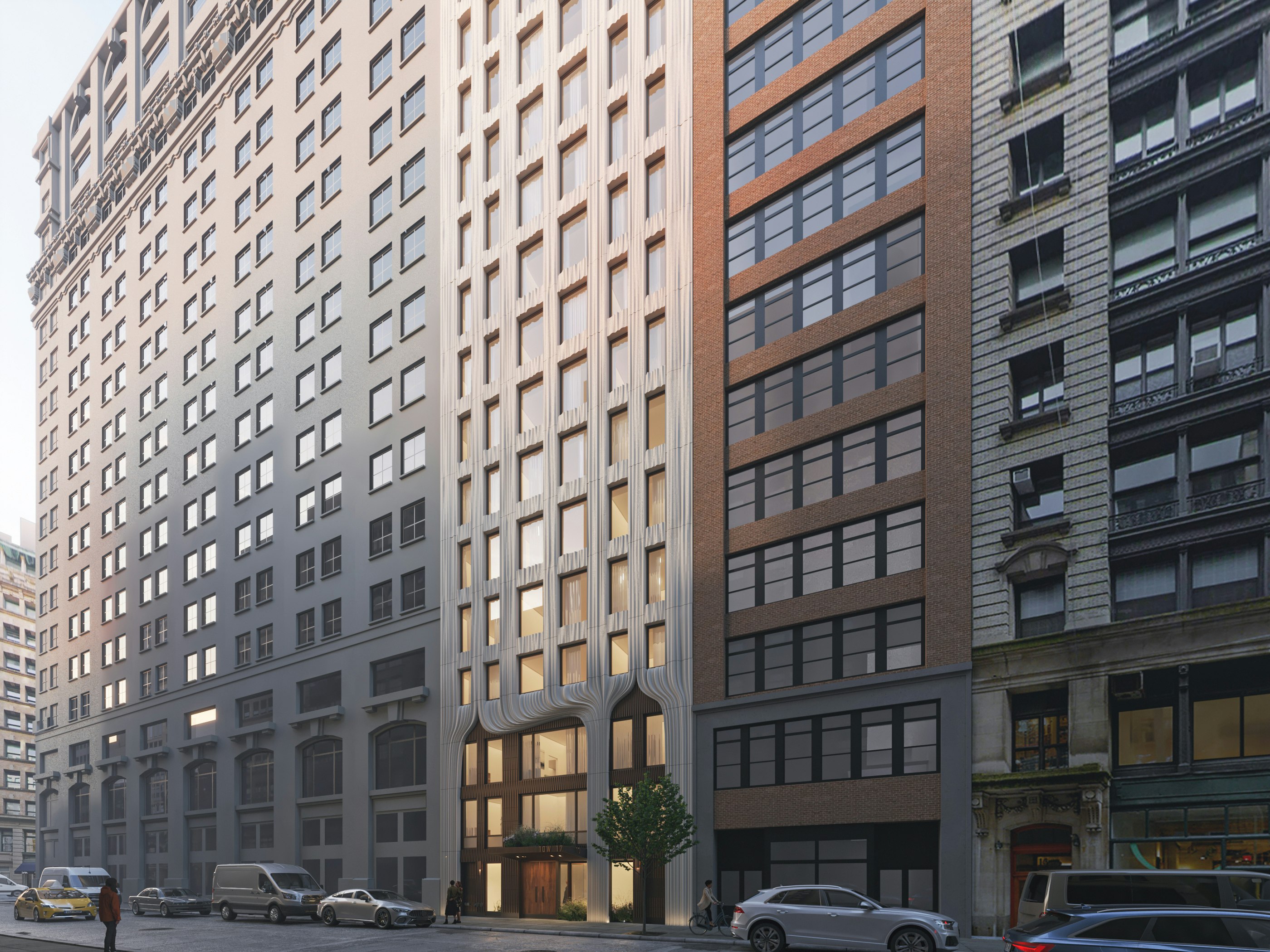
10W17 is a celebration of the inflection point of the worlds of fashion and architecture, with a layered building envelope that records the architectural traditions of the Ladies Mile beneath a fabric-like draping of high-performance concrete meant to evoke the spirit of modernity and the origins of the aesthetic movement.
To achieve this concept, building’s street façade is created out of ultra-high-performance concrete (UHPC) panels that are molded to resemble some flowing fabric. This ties into the history of the Ladies Mile district history as it was originally the center of garment fabrication in the city. Approximately 200 UHPC panels will sit on a rainscreen paneling system – allowing improved thermal performance for the building. The building will comfortably exceed the most recent energy requirements and will utilize all electrical appliances throughout.
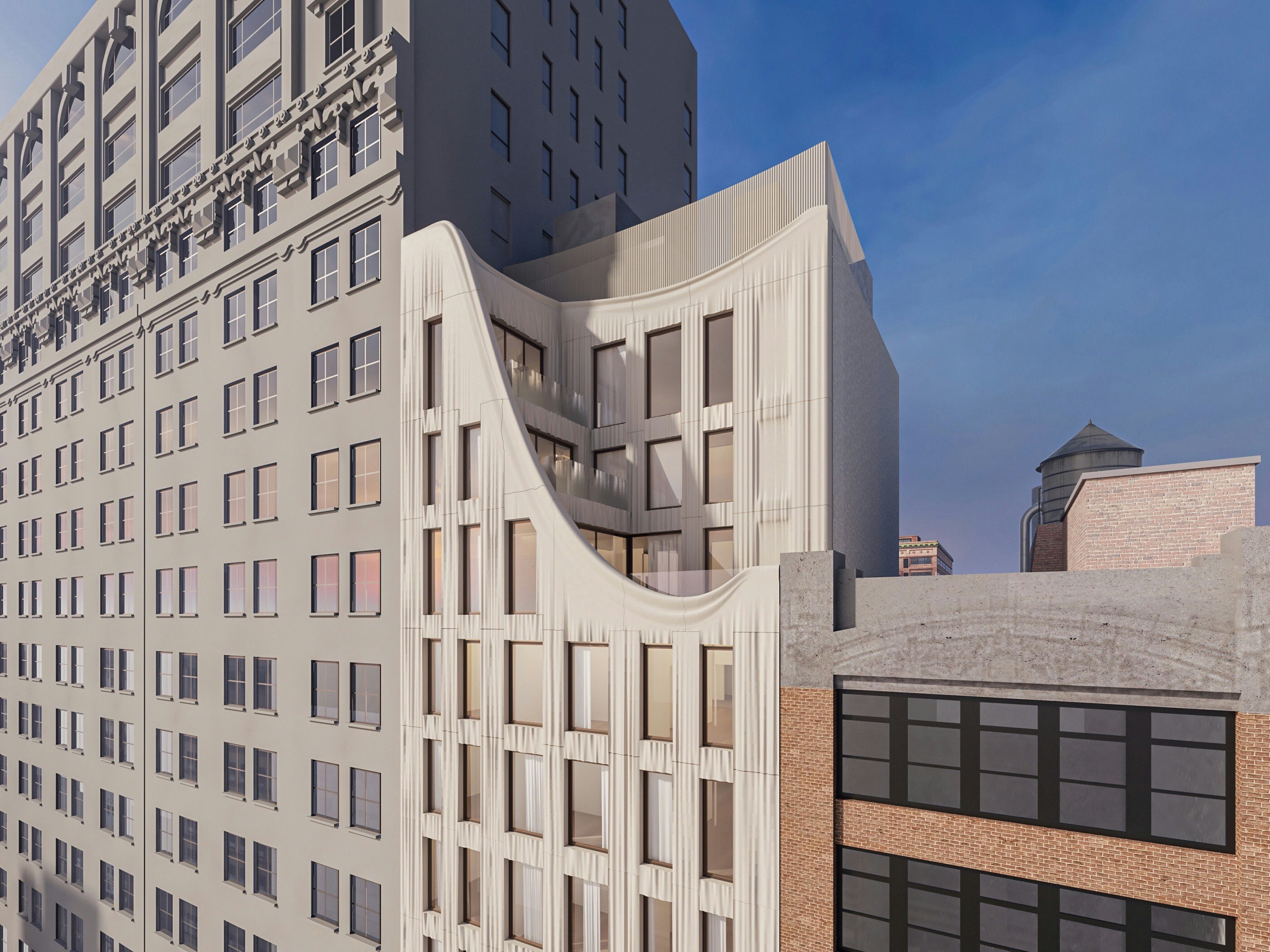
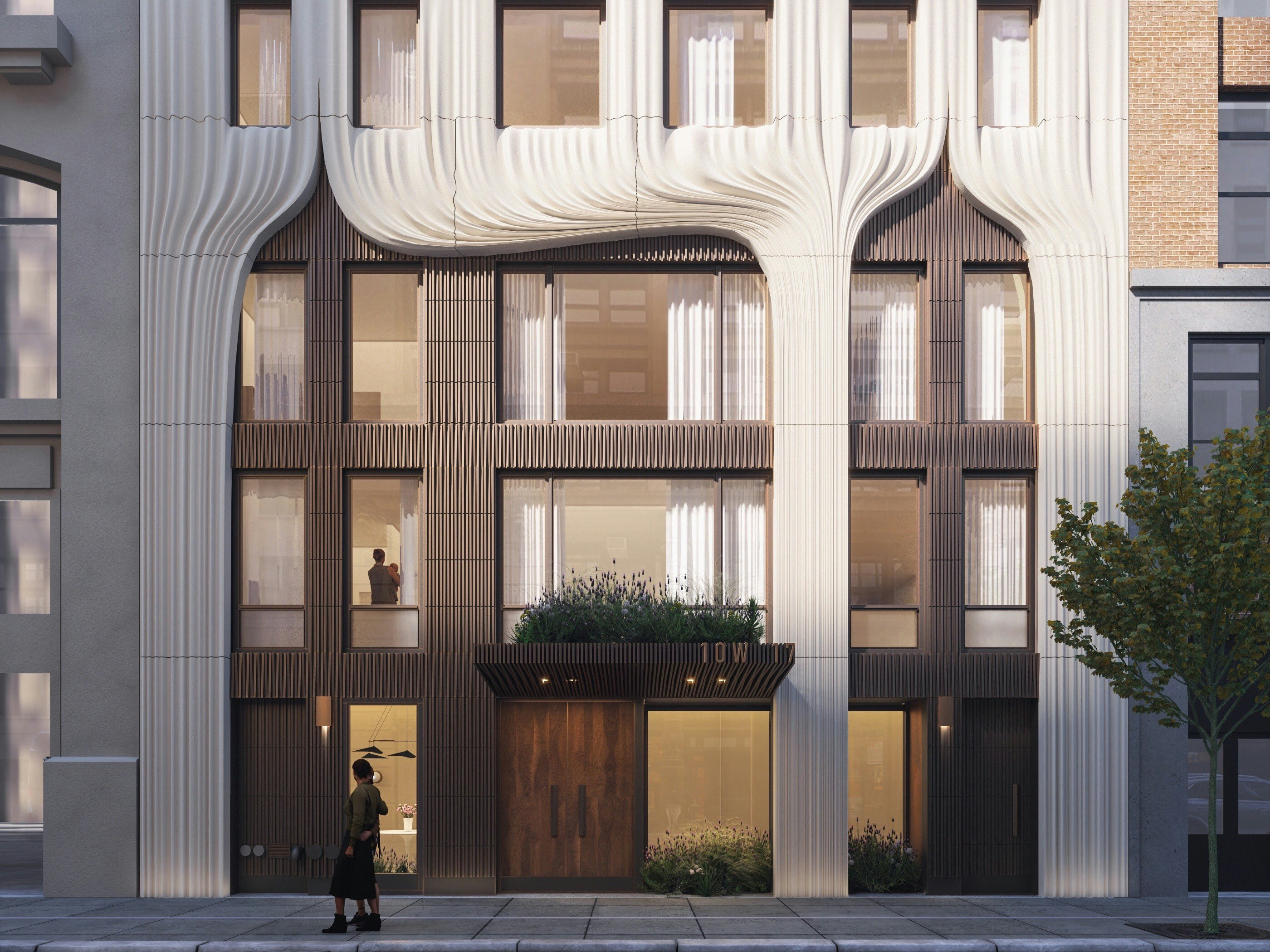
In the late 1800s, the district was home to some of the country’s first department stores, and between them, some 75,000 people were at work in small manufacturing store and loft buildings, making the first ever mass-produced clothing. At the same time, a reform movement started in England that challenged the Victorian and Edwardian fashions of the era was afoot. Oscar Wilde was the emissary of the Aesthetic Movement, which deemed the excesses and oppressive nature of the preceding fashion as absurd and pushed for a fashion that was more practical and celebratory of the human form.
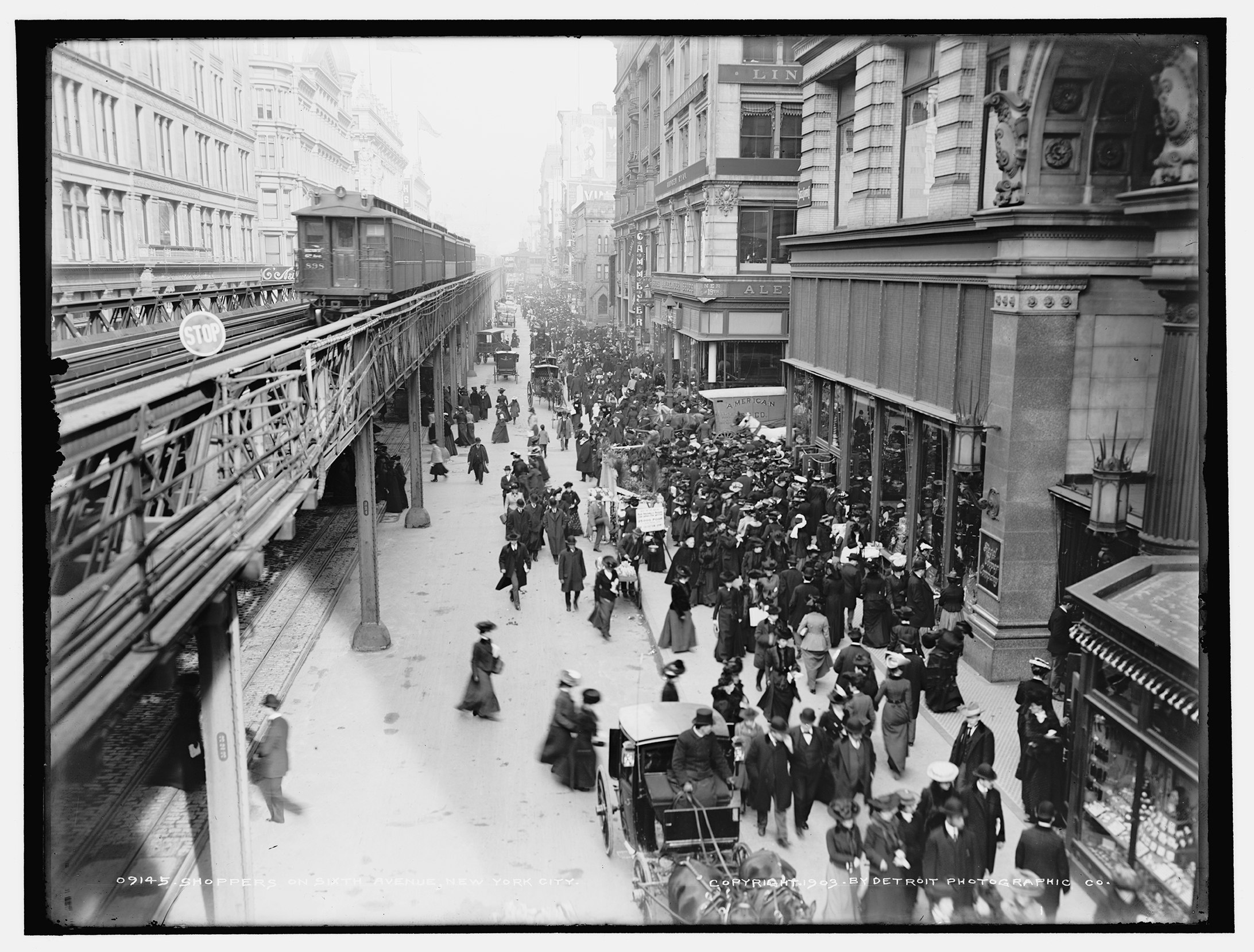
Source: Library of Congress
Wilde arrived in New York following the publishing of his The Philosophy of Dress, famously responding at customs when asked if he had anything to declare, “only my genius!” His lectures resonated and young New Yorkers embraced the new movement, and the Ladies Mile produced them for an eager nation.
This interrogation of ornament and fashion was incredibly influential to the nascent avant-garde in architecture. The forefathers of modernism, Adolf Loos, Le Corbusier, Frank Lloyd Wright and Miles van der Rohe all either wrote about fashion or designed clothing themselves early in their career, perhaps Loos most explicitly. As the Author of Ornament and Crime, he asserted that ornament was such a waste of capital and health, that we could not move forward as a society until it was dispensed of. The seeds of utility and function over decoration were sown, and a parallel course for architecture charted.
The building is a nod to a specific moment in the district’s history when the aesthetic movement occurred. This centered around the move away from the overly exaggerated dress of the 19th-century fashion trends, towards a more functional and form fit style of clothing that focused more on expressing the human body. The building design concept then draws parallels between this and the modern movement of architecture that was occurring also at this time.
